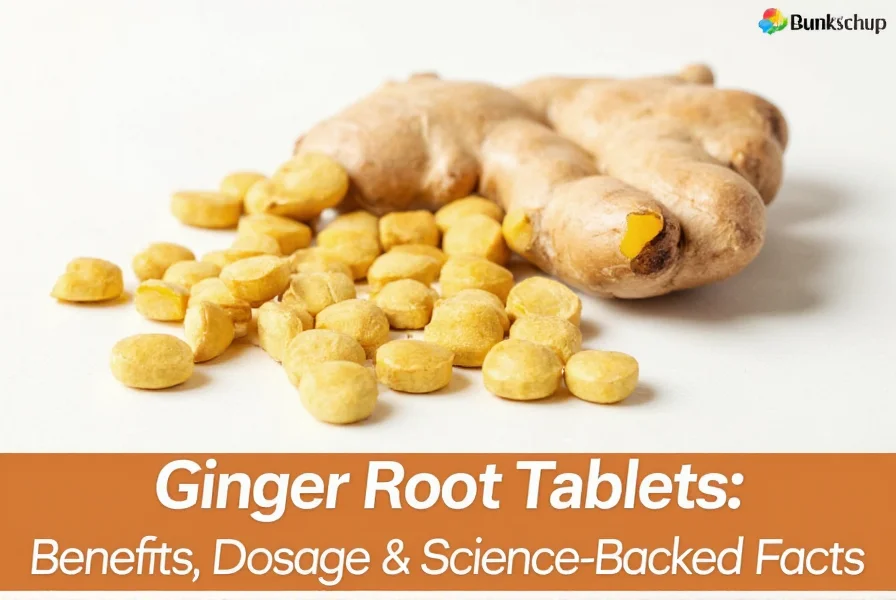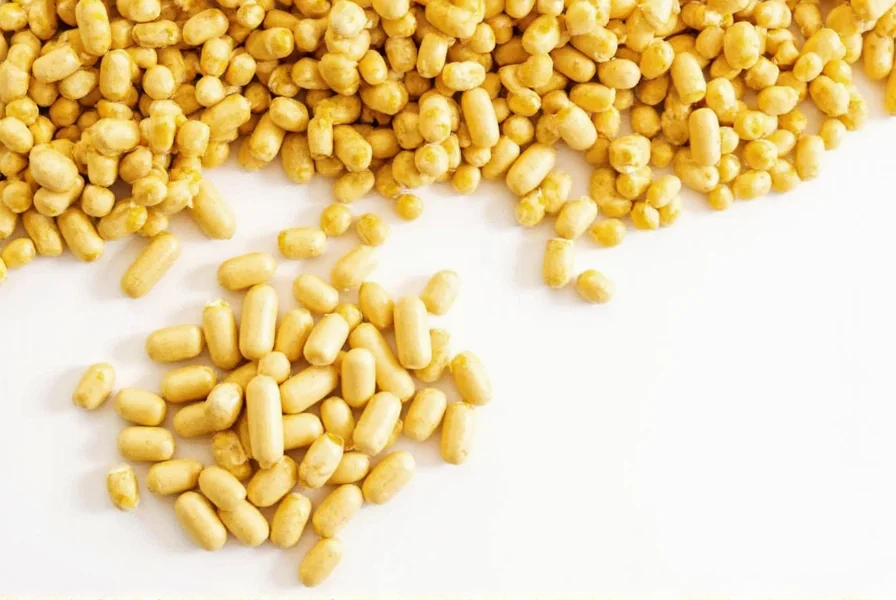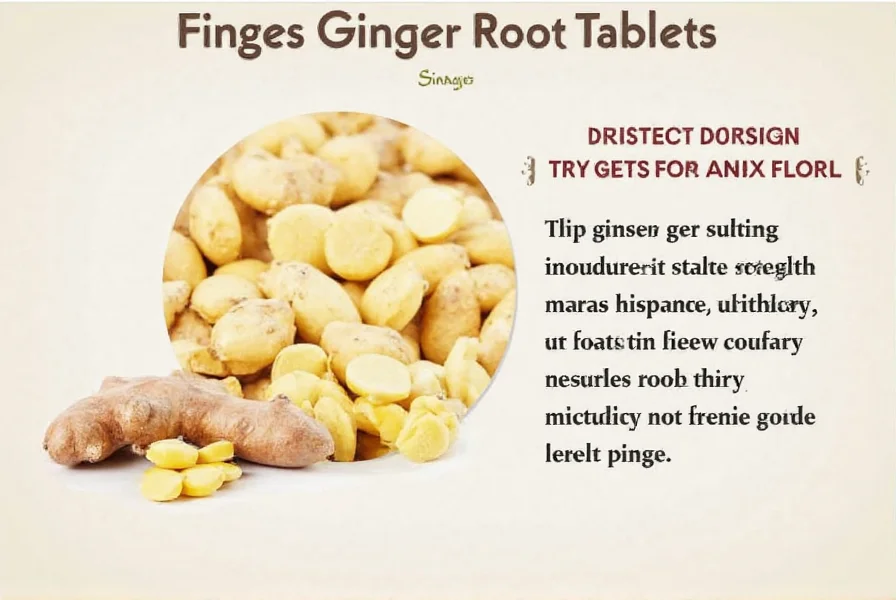For centuries, ginger has been valued in traditional medicine systems worldwide. Modern science has validated many of these traditional uses, leading to the popularity of ginger root tablets as a convenient supplement form. Unlike fresh ginger that requires preparation, these tablets offer standardized dosing and portability while maintaining the key bioactive compounds that provide ginger's therapeutic effects.
What Exactly Are Ginger Root Tablets?
Ginger root tablets contain powdered or extracted ginger rhizome (Zingiber officinale) compressed into pill form. The active compounds—primarily gingerols and shogaols—remain stable in this format, preserving ginger's medicinal properties. Manufacturers typically standardize extracts to ensure consistent potency across batches, addressing a common limitation of fresh ginger which varies in concentration based on growing conditions and storage.
When evaluating ginger root tablets vs fresh ginger effectiveness, research indicates comparable bioavailability of active compounds when tablets contain standardized extracts. A 2020 review in Nutrients confirmed that properly formulated tablets deliver similar therapeutic benefits to fresh ginger preparations, with the added advantage of precise dosing.

Science-Backed Health Benefits of Ginger Root Tablets
Multiple clinical studies support specific health applications of ginger supplementation. The most robust evidence exists for:
| Health Benefit | Research Evidence | Recommended Dosage |
|---|---|---|
| Morning sickness relief | Multiple RCTs show 70-85% symptom reduction | 1-1.5g daily in divided doses |
| Postoperative nausea | Meta-analysis of 12 studies confirms effectiveness | 1g pre-surgery |
| Osteoarthritis pain | 6-month trial showed 30% pain reduction | 500mg-1g twice daily |
| Digestive support | Accelerates gastric emptying by 25-30% | 500mg before meals |
The benefits of ginger root tablets for nausea extend beyond pregnancy-related symptoms. Research published in Supportive Care in Cancer demonstrated significant reduction in chemotherapy-induced nausea when patients took 0.5-1g daily. The mechanism involves ginger's ability to modulate serotonin receptors in the gastrointestinal tract and central nervous system.
Proper Usage Guidelines
Determining how much ginger root tablets should I take daily depends on your specific health goal. Most clinical trials use between 500mg and 2g per day, divided into two or three doses. For general digestive support, 500mg taken 20-30 minutes before meals provides optimal results by preparing the digestive system.
The best time to take ginger root tablets for digestion aligns with meal timing. Taking them before meals stimulates digestive enzyme production, while post-meal consumption can alleviate occasional indigestion. For motion sickness prevention, begin taking 1g two hours before travel and continue with 500mg every 4-6 hours as needed.
Safety Profile and Potential Interactions
Ginger root tablets demonstrate excellent safety when used appropriately. The most common side effects of taking ginger root tablets include mild heartburn or stomach upset, typically occurring at doses above 4g daily. These effects are significantly less frequent with tablets compared to raw ginger due to controlled release formulations.
Special considerations apply for certain populations:
- Those on blood-thinning medications should consult their physician due to ginger's mild anticoagulant properties
- Gallstone sufferers may experience increased bile production
- Diabetics should monitor blood sugar as ginger may enhance insulin sensitivity
A comprehensive safety review in Food and Chemical Toxicology concluded that daily doses up to 2g present minimal risk for most adults. However, pregnant women should limit intake to 1g daily after the first trimester and always consult their healthcare provider.

Maximizing Effectiveness: Practical Tips
To get the most from your ginger supplementation:
- Choose tablets standardized to 5% gingerols for consistent potency
- Take with food to minimize potential stomach irritation
- Allow 2-3 weeks of consistent use for inflammatory conditions
- Store in a cool, dark place to preserve active compounds
When comparing ginger root tablets for motion sickness relief versus other forms, tablets offer precise dosing that's critical for prevention. Unlike candies or teas where concentration varies, tablets deliver exact amounts needed for therapeutic effect. This standardization makes them particularly valuable for clinical applications where consistent dosing matters.
When to Consult a Healthcare Professional
While generally safe, certain situations warrant medical consultation before using ginger supplements:
- Before surgery (discontinue 2 weeks prior due to bleeding risk)
- With diabetes medications (potential additive effects)
- During pregnancy beyond first trimester
- With gallstones or bile duct obstruction
- When taking anticoagulants like warfarin
Healthcare providers can help determine appropriate ginger root tablets dosage for specific health conditions while considering your complete medical profile and current medications.











 浙公网安备
33010002000092号
浙公网安备
33010002000092号 浙B2-20120091-4
浙B2-20120091-4